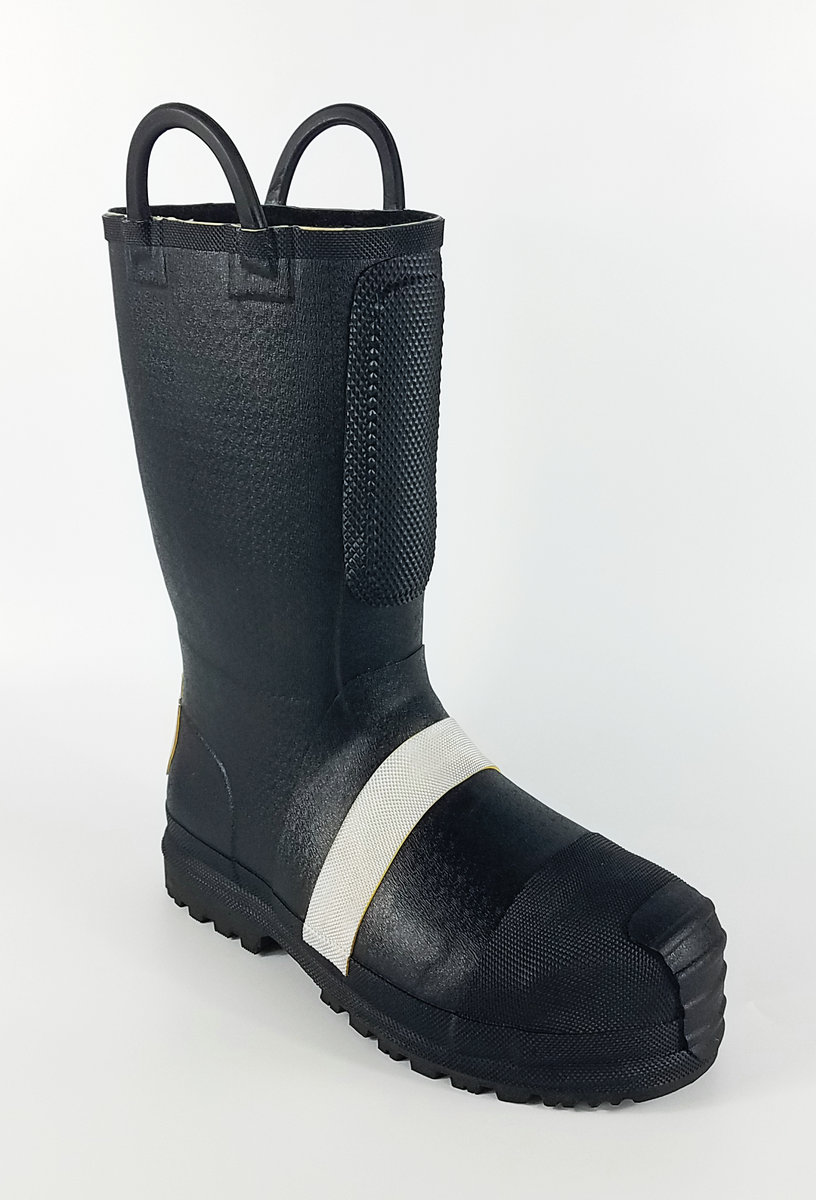Cleaning Felt Wading Boots A Guide for Anglers
Felt wading boots are essential for anglers who traverse rivers, streams, and wetlands. They provide the traction needed to navigate slippery rocks while fishing, but maintaining their cleanliness is crucial for performance and longevity. Whether you're an avid fisherman or a weekend warrior, understanding how to clean and care for your felt wading boots will ensure they last for seasons to come.
Why Cleaning Matters
Cleaning your felt wading boots is not just about aesthetics; it plays a vital role in their functionality. Over time, mud, sand, and organic materials can accumulate on the soles and in the felt. This debris can compromise grip, leading to falls and injury while wading. Additionally, soil and plant materials can harbor invasive species, posing a significant threat to aquatic ecosystems. Regular cleaning helps protect both your gear and the environment.
Required Materials
To effectively clean your felt wading boots, you'll need a few basic supplies
1. Soft Brush A stiff-bristle brush or an old toothbrush will help in removing stubborn dirt and debris. 2. Water A hose or bucket of water for rinsing. 3. Mild Soap Use a biodegradable soap or detergent to ensure you're not introducing harmful chemicals into the environment. 4. Towel or Cloth For drying your boots after cleaning. 5. Nylon Scrubbing Pad To tackle extra tough spots without damaging the felt.
Step-by-Step Cleaning Process
Here’s a simple step-by-step guide to clean your felt wading boots effectively
1. Remove Loose Dirt and Debris Begin by tapping the boots together to dislodge larger clumps of mud and gravel. Follow this by using a soft brush to remove any loose dirt from the outside and inside of the boots, focusing on the seams and soles where dirt tends to accumulate.
cleaning felt wading boots

2. Rinse with Water Using a hose or bucket, thoroughly rinse the boots to remove any remaining loose dirt. Make sure to wash especially around the felt soles, as this is where most of the debris tends to hide.
3. Apply Mild Soap Mix a small amount of mild soap with water and use your brush or cloth to scrub the surface of the boots. Pay particular attention to areas that appear stained or where dirt has accumulated. Avoid harsh chemicals or bleach, as these can damage the material.
4. Scrub the Soles Utilize the nylon scrubbing pad for the soles of the boots. This area can collect algae and other residues that might be tough to remove. Be sure to clean between the grooves for optimal results.
5. Rinse Again After scrubbing, rinse the boots thoroughly to remove all soap residues. Leaving soap on the boots can lead to buildup or even diminish the felt’s effectiveness.
6. Dry Properly It’s critical to dry your felt wading boots in a safe manner. Avoid direct sunlight, which can warp the damage materials. Instead, place them in a cool, dry area. You can stuff them with newspapers to help absorb moisture and maintain their shape as they dry.
Additional Maintenance Tips
- Store Dry Always store your boots completely dry to prevent mold and mildew from forming. - Inspect Regularly After each fishing trip, inspect your boots for any damage or excessive wear. Early detection of issues can save you from costly replacements. - Use Gravel Guards Consider using gravel guards to keep excessive dirt and debris from entering your boots.
Conclusion
Cleaning your felt wading boots might seem like a chore, but a little maintenance goes a long way in extending their lifespan and ensuring you remain safe while wading in slippery waters. By following these steps and adopting a regular cleaning routine, you'll maintain both the performance of your equipment and the health of aquatic ecosystems. Happy fishing, and keep those boots clean!
-
White Rubber Shoes in Retro Fashion TrendsNewsJun.04,2025
-
Safety Wellies with Electrical Hazard ProtectionNewsJun.04,2025
-
Hunting and Fishing Boots for Rocky TerrainsNewsJun.04,2025
-
Eco-friendly Waders Made from Recycled MaterialsNewsJun.04,2025
-
Black Boots Rubber: Durability and Style CombinedNewsJun.04,2025
-
Women’s Waders: Comfortable Designs for All-Day FishingNewsMay.28,2025
-
Pairing Dresses with Fashion Rubber BootsNewsMay.28,2025











